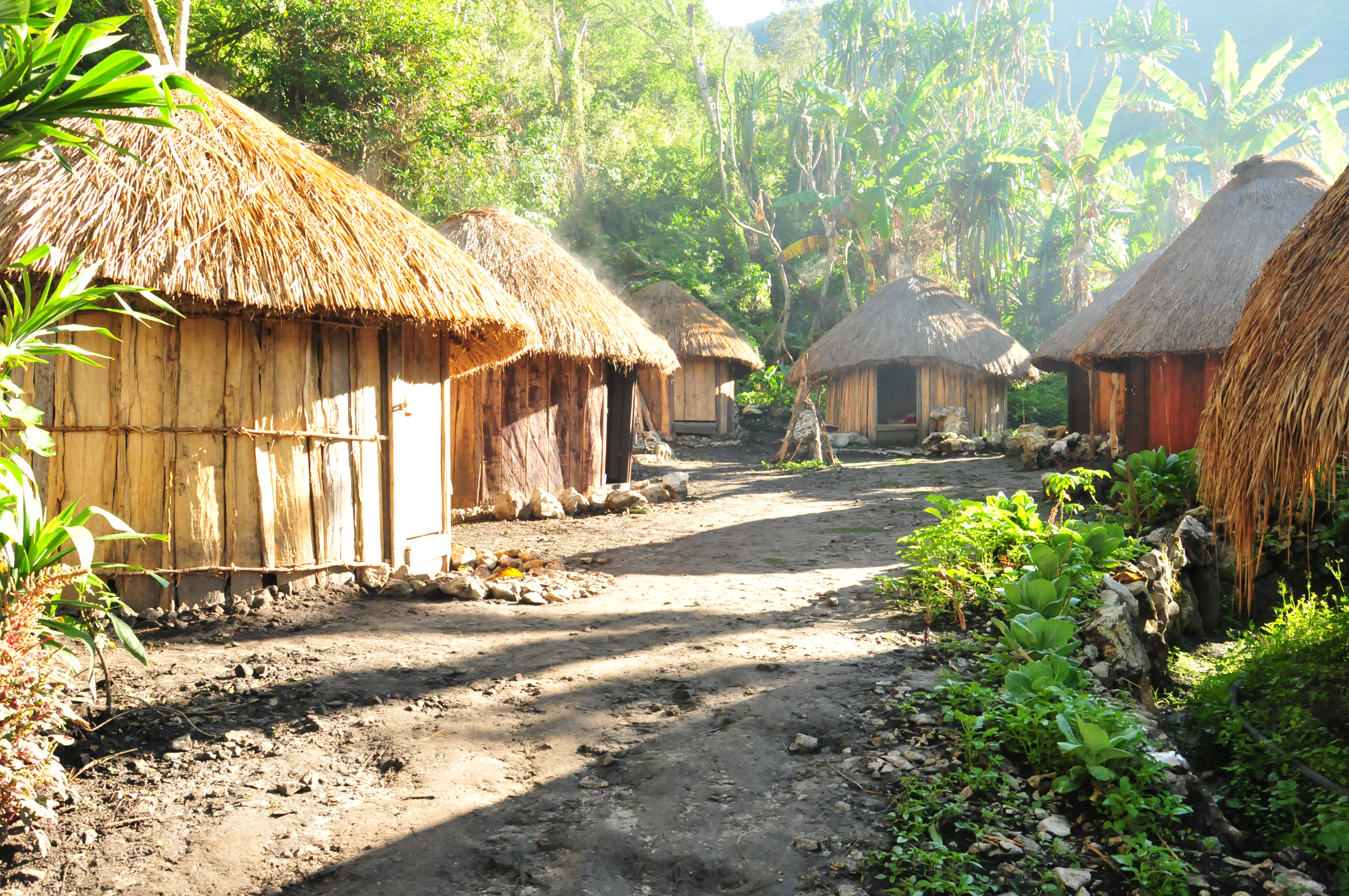Honai on:
[Wikipedia]
[Google]
[Amazon]
 Honai is a traditional house of the people of the
Honai is a traditional house of the people of the
File:Honai.jpg, Honai (left) and Wamai/pigsty (right)
File:Papua_Village_on_hill.jpg, Silimo (honai complex) from a distance.
File:Honai_Rumah_Adat_Papua.jpg, Two tourists taking a selfie in front of a ''honai''.
 Honai is a traditional house of the people of the
Honai is a traditional house of the people of the Central Papua
Central Papua, officially the Central Papua Province () is an Indonesian Provinces of Indonesia, province located in the central region of Western New Guinea. It was formally established on 25 July 2022 from the former eight western regencies of ...
and Highland Papua
Highland Papua () is a provinces of Indonesia, province of Indonesia, which roughly follows the borders of the Papuan customary region of Lano-Pago (often shortened to La Pago). It covers an area of and had a population of 1,467,050 according to ...
, particularly the Dani. Honai has a simple, round-shaped structure with small doors and no windows. The height of the house is about 2.5 meters, and is divided into two parts: the lower floor and the upper floor. The lower floor is usually used for sleeping, while the upper floor is used for daily activities such as eating, relaxing, and crafting. In the middle of the lower floor, there is a ''hipere'' (hearth) used for cooking or warming the body.
Honai has a small structure that intends to provide warmth and ease its owners to move around. There are three types of honai: honai (for males), ''ebai'' (for females), and ''wamai'' (for animals). These three names originate from the base word "ai," which means house. Honai comes from the combination of the words "hun/hon," meaning male, ''ebai'' comes from the word ''ebe'' meaning female, and ''wamai'' comes from the word ''wam'', meaning pig.
History
In the past, Dani people did not live in residential houses but sought shelter under large trees. However, seeking shelter under large trees made them cold when it rained, especially if there was strong wind. One day, the Dani tribe observed birds making nests. These birds gathered branches and dry grasses and shaped them into a round form. From this observation, the Dani tribe was inspired to construct ''honai'' for their house.Functions and philosophy
Apart from being a residence, ''honai'' has several functions and philosophies. Firstly, ''honai'' serves as a place to store weapons and ancestral equipment. Additionally, in the ''honai'', young boys are taught about war strategies. Secondly, the ''honai'' house is used as a storage space for tubers and agricultural produce. There are also ''honais'' designated for smoking mummies, which can be found in the Aikima in theBaliem Valley
The Baliem Valley (; also spelled Balim and sometimes known as the Grand Valley) is a valley of the Central Highlands in Western New Guinea, specifically in the province of Highland Papua, Indonesia. The main town in the valley is Wamena, which ...
.
The philosophies contained within the ''honai'' are as follows:
# Teaching strong unity and solidarity values among tribal members and preserving the cultural heritage inherited from ancestors.
# By living in a ''honai'', the inhabitants will have one heart, one mind, and one purpose in finishing tasks. It is reflected from the inception of the ''honai'' when someone wants to build it, they will call their family to help build the house and then have a meal together.
Materials
Here are the materials needed to make a ''honai'': * Chopped boards. Those are boards that have pointed ends like spears. These pointed ends facilitate the process of nailing the boards into the ground. Later, these boards become the walls of the ''honai''. * Wooden beams. It serves as the main pillars supporting the roof of the ''honai''. * Fruitwood is used as the roof covering for the honai. * ''Lokap''/''pinde,'' a small bamboo, is used for the floor. * Cogongrass for ''honai's'' roof. * Rattan rope or tree roots are used as bindings. In the past, ''honai'' did not use nails, but now some houses do. Some changes have also occurred in ''honai'' houses. For example, ''honai'' now uses windows to improve air circulation. Furthermore, there are honai houses that use zinc for the roof.Gallery
References
{{Indonesian architecture Rumah adat Architecture in Indonesia Central Papua Highland Papua